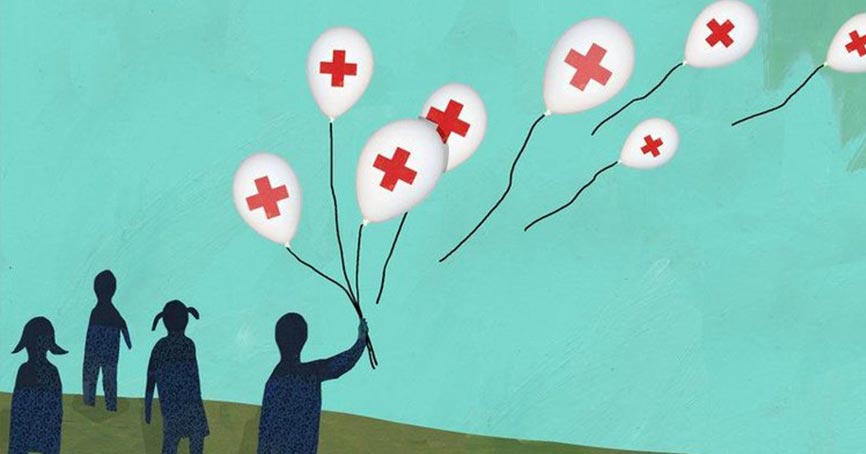Vulvitis is a slight inflammation of the soft skin folds on the outside of the female genitalia, the vulva. The moist and warm conditions are a necessary part of the vulva and make it vulnerable to vulvitis. Here, will talk about the causes & symptoms of vulvitis.
Any woman can be affected by vulvitis, if they are prone to any form of allergies, infections, diseases or sensitivities, making them susceptible.
Girls who are yet to reach puberty or women post their menopause are at a higher risk due to low estrogen levels.
Causes of Vulvitis
The inflammation of the vulva may be due to a number of different causes, which is why it is difficult to determine the reason behind vulvitis. Some of the common causes can be-
- Infections- Infections due to germs like bacteria, fungi, and viruses. Infections in the vagina can considerably affect the vulva, some of the diseases are-
-
- Thrush
- Genital Herpes Infection
- Genital Warts
- Other infections like pubic lice and scabies
- Skin condition/ Allergy- Vulvitis may be due to an allergy similar to those affecting other areas of the skin. Skin conditions affecting the skin such as psoriasis, lichen planus or lichen sclerosis can also affect the vulva.
- Irritation- A number of different products may cause irritation to the vulval area leading to vulvitis. It may be due to spermicides, swimming pool water, horse riding, cycling, perfumed soaps, bubble baths, scented toilet paper or synthetic underwear.
- Low estrogen levels- During menopause, the levels of the female hormone are reduced, and some women may develop vulvitis due to the same.
Symptoms of Vulvitis
Symptoms of vulvitis may be recognisable in a number of different ways. Some most common symptoms include-
- Itching, burning, redness or swelling
- Soreness, white patches
- Thickened skin
- Vaginal discharge
Besides the above, several other symptoms may affect the skin on the vulva-
- Clear fluid-filled blisters
- A scaly appearance
- Prolonged/ severe itching
- Small Cracks
- Burning sensation\
The symptoms may also be an indication of other disorders, diseases, allergies, infections, and injuries. It is advisable to ensure that the area is not over-cleaned as it may make the symptoms even worse. Cleaning the affected area once a day with warm water would be enough.
Diagnosis of Vulvitis
A person may develop vulvitis due to a number of reasons, and to find the exact cause would be difficult. The doctor would start by asking the patient about any medical history, followed by a pelvic examination.
During diagnosis, the aim is to check for blisters, redness or anything else that may confirm vulvitis. Moreover, any vaginal discharge can also be tested for infections.
For diagnosis, the doctor may perform checks for STIs or urine sample analysis. It is done so that any other issues with similar symptoms may be ruled out.
Some of the tools used for diagnosis are pap tests that involve the laboratory testing of cells from the cervix, and blood tests. These tests would help identify any changes in the cells that may be linked to infection, cancer or inflammation.
Treatment of Vulvitis
The first way to treat is stopping the use of any products that may cause irritation and using good quality cotton undergarments. The doctor may suggest the use of a cortisone ointment on the affected area several times a day as it may help reduce irritation and itching.
Besides, sitz bath and tropical estrogen cream may deal with itching and other symptoms of vulvitis. However, if these treatments do not reduce the symptoms, the doctor would suggest further tests to rule out a more serious condition like vulvar cancer.

 May 30, 2019
May 30, 2019
 May 30, 2018
May 30, 2018 May 10, 2018
May 10, 2018 May 17, 2018
May 17, 2018